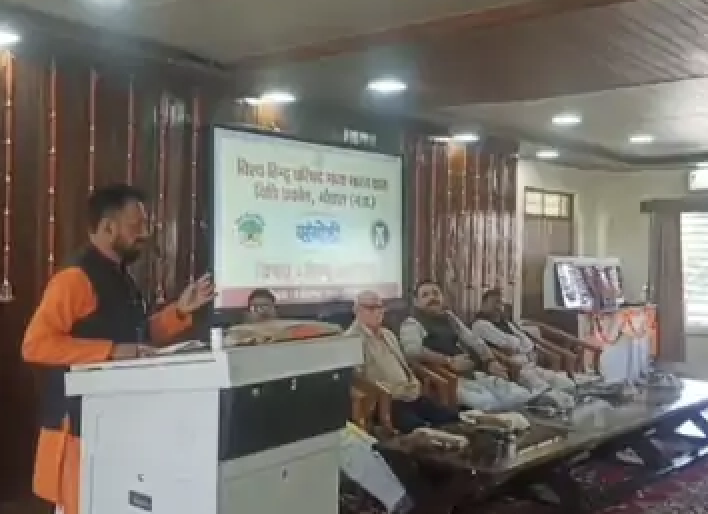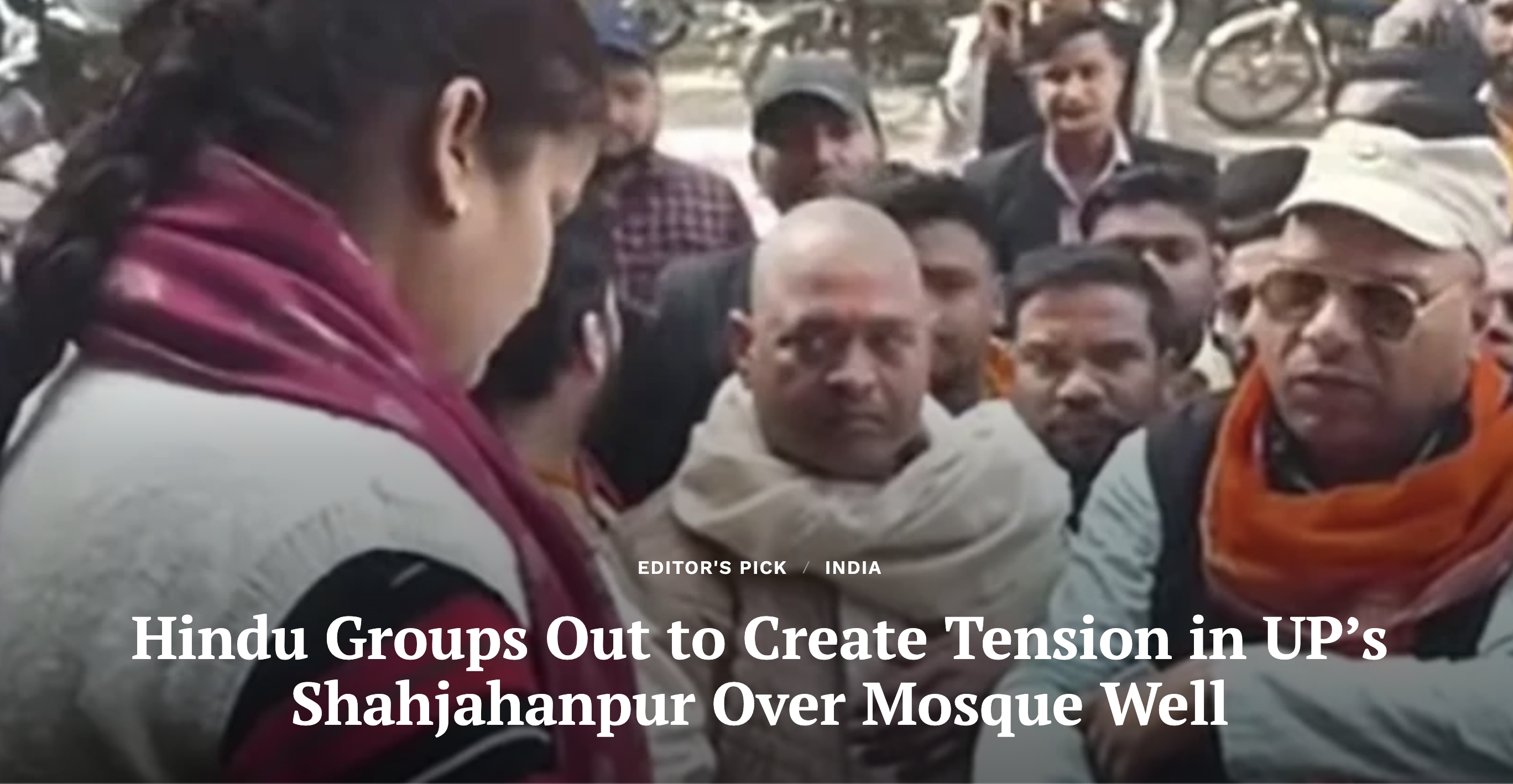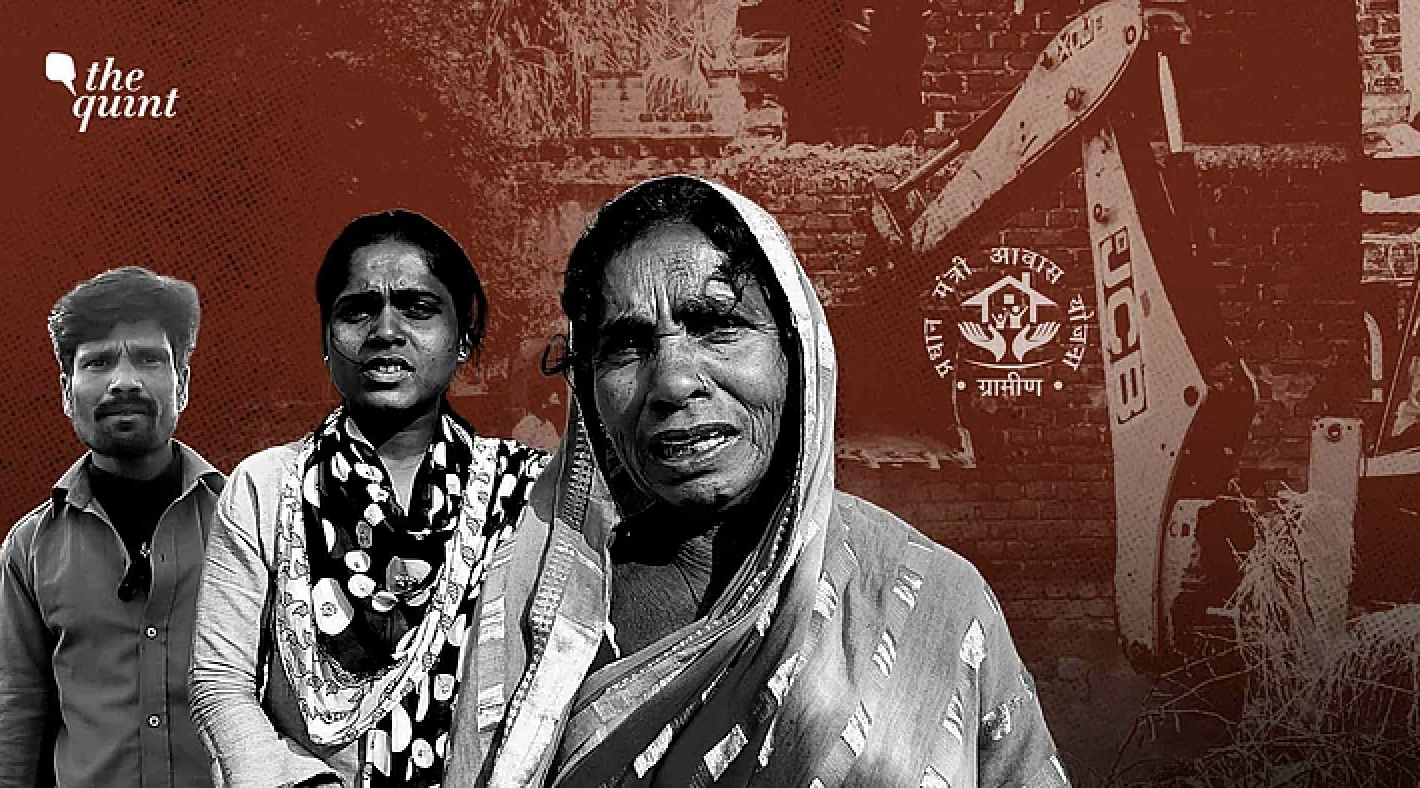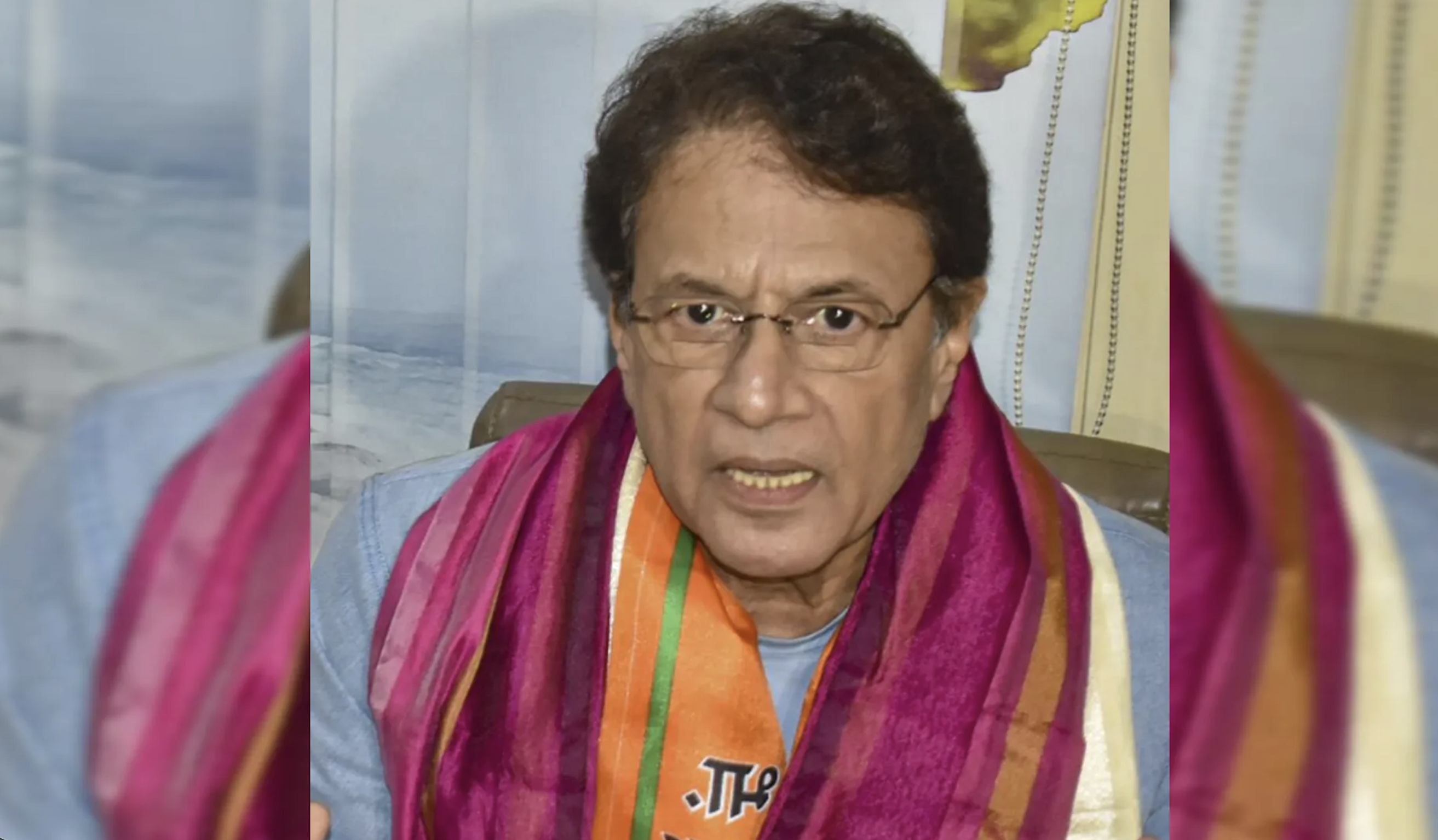
By Sarojini Nadimpally, Keertana K Tella
On June 13, the Supreme Court of India stayed the release of the film Hamare Baarah (Our Twelve), originally called Hum Do, Hamare Barah (Two of Us, Our Twelve), and directed the Bombay High Court to take a final decision. On June 19, the Bombay High Court allowed the film’s release, provided the filmmakers removed certain scenes and inserted disclaimers. Many political leaders in the past have used the slogan “Hum Paanch, Hamare Pachchees” (“Five of Us, Our 25”) to target the Muslim community. This propaganda slogan reiterates the belief that a Muslim man typically has many wives and children leading to rapid population growth among Muslims, which will eventually result in Muslims surpassing the majority Hindu population. Thus, it is important to revisit and reiterate the data that challenges the portrayal of Muslim fertility as a threat.
The myth Of India’s Muslim population ‘explosion’
The latest National Family Health Survey, 2019–20 (NFHS–5), conducted by the Ministry of Health and Family Welfare (MoHFW), shows that many states have already attained a replacement level of fertility, and there is a steady decline in India’s total fertility rates (TFR). According to the NHFS-5 data, the TFR in India is 2.0 children per woman up until 2021, which is slightly lower than the replacement level of fertility of 2.1 children per woman. The Economic Survey 2018-19 and the Sample Registration System (SRS) data from 2017 also had similar findings about the deceleration of India’s population growth.
According to the 2011 Census of India, the growth rate of the Muslim population was higher than the Hindu population. The controversy surrounding this single interpretation obscured the fact that the gap between the two growth rates had significantly reduced between 2001 and 2011, a crucial piece of information that contradicts the claims. When comparing the fertility differentials between the two communities using the 2001 and 2011 data, this convergence of fertility between Hindus and Muslims is evident. It comes with the caveat that since different states and groups are at different points in this transition, there are variations between regions in this process of convergence — a fact evidenced by earlier studies.
This story was originally published in indianexpress.com. Read the full story here.






